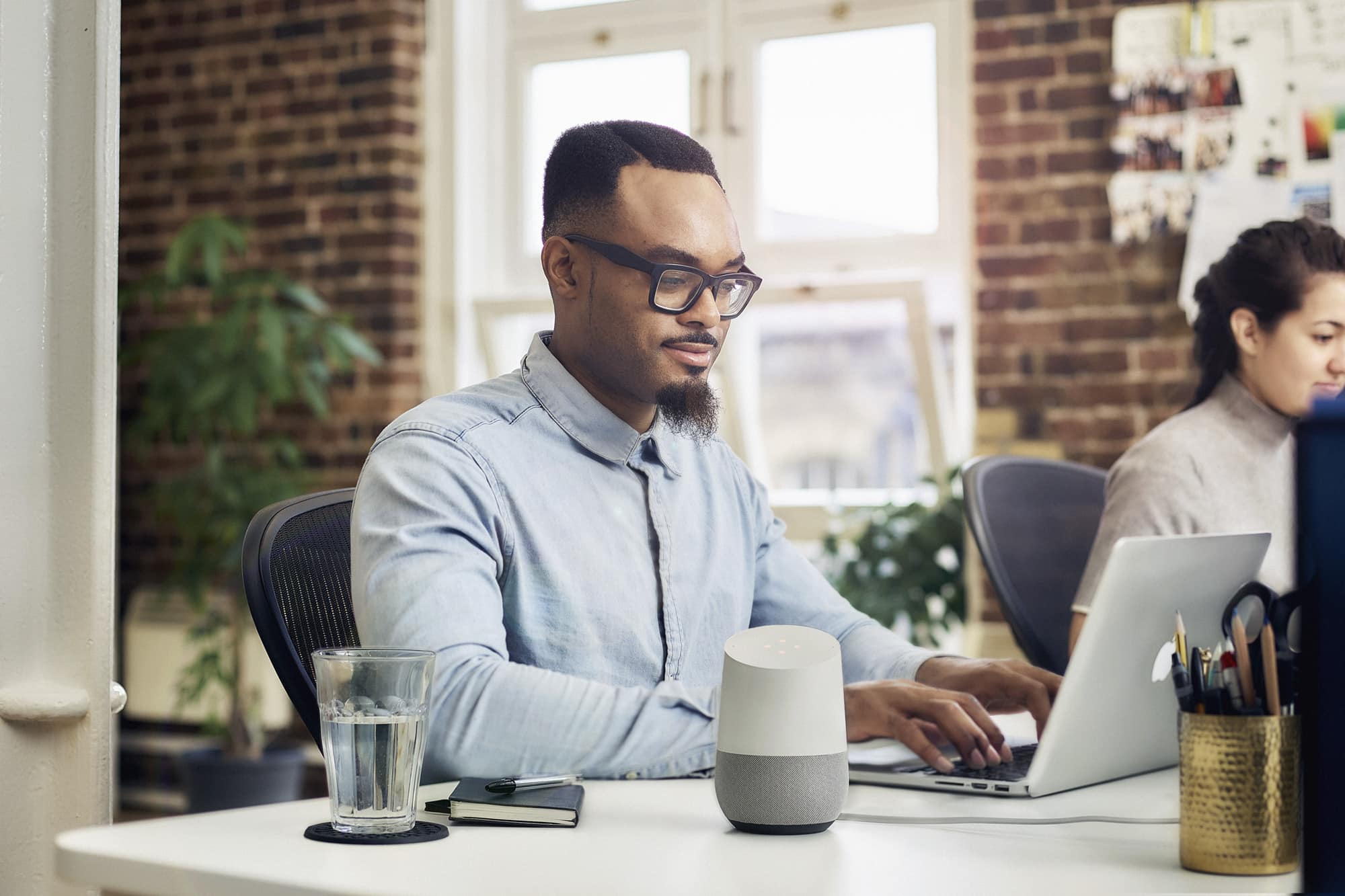The evolution of listener rewards: From call-ins to digital engagement

Radio has long been a cornerstone of entertainment, offering a unique blend of music, news, and personality-driven content.
Over the years, the methods by which stations engage their audiences have transformed significantly. Traditional call-in contests and on-air shoutouts have given way to sophisticated digital strategies aimed at retaining listeners in an increasingly competitive media landscape.
Modern Incentives and Cross-Industry Influence
In the early days, radio stations relied heavily on simple yet effective engagement tactics. Call-in contests, where listeners would dial in to answer questions or request songs, created a sense of immediacy and personal connection. These methods fostered loyalty and kept audiences tuned in for the chance to participate directly.
As technology advanced, so did the strategies for listener engagement. Stations began to incorporate digital platforms, offering online contests, social media interactions, and mobile app integrations. These tools allowed for more personalised and immediate connections with audiences, expanding the reach and effectiveness of promotional efforts.
Interestingly, the evolution of listener rewards in radio parallels developments in other industries. Many casino platforms have adopted features such as free spins, welcome bonuses, and fast payment methods to attract and retain users. These incentives not only enhance user experience but also encourage continued engagement. A notable example is the availability of gambling sites not on GamStop, which offer such benefits to their users. The success of these strategies in various sectors underscores the importance of innovative reward systems in maintaining user interest and loyalty.
Digital Engagement and Personalisation
The digital age has ushered in a new era of engagement for radio stations. With the proliferation of smartphones and high-speed internet, listeners now expect seamless and interactive experiences. Radio stations have responded by developing mobile apps that offer live streaming, on-demand content, and personalised playlists.
Personalisation has become a key component of listener retention. By analysing user data, stations can tailor content to individual preferences, providing a more engaging and relevant experience. Features such as song recommendations based on listening history, customizable notifications, and interactive polls empower listeners to have a more active role in their radio experience.
Social media platforms have also become integral to modern radio engagement strategies. Stations use these channels to share behind-the-scenes content, host live Q&A sessions, and promote upcoming events. This multi-platform approach ensures that listeners remain connected and invested in the station’s offerings beyond traditional broadcasts.
Collaborative Promotions and Community Building
Collaborations with local businesses and artists have proven effective in enhancing listener rewards. By partnering with community entities, radio stations can offer exclusive promotions, such as discounts, event tickets, and merchandise giveaways. These partnerships not only provide added value to listeners but also strengthen the station’s ties to the local community.
Community-building initiatives, such as featuring local talent or highlighting listener stories, foster a sense of belonging among audiences. By creating opportunities for listeners to contribute content or participate in station activities, radio stations cultivate a loyal and engaged listener base.
From Call-Ins to Online Contests: A Brief History of Listener Rewards
The early days of radio were defined by simplicity and intimacy. Listener engagement came primarily through call-in contests, request shows, and live shoutouts. These formats created a strong sense of community and made the medium feel personal and immediate. Winning a T-shirt or concert ticket through a phone call wasn’t just about the prize—it was about being heard and recognised by a station you listened to every day.
As radio grew in popularity, stations began experimenting with more structured promotions. Prize wheels, trivia games, and live remotes became common features. These efforts added excitement to the listening experience, encouraging people to tune in at specific times. With the arrival of SMS technology in the early 2000s, participation became more accessible, allowing more listeners to get involved without needing to wait on hold.
Eventually, the internet changed the game entirely. Stations launched websites with entry forms for competitions, online voting systems for shows, and digital loyalty programmes. These tools enabled data collection, better targeting, and broader reach—all of which contributed to more effective listener rewards strategies. What started with a simple phone call transformed into a dynamic mix of engagement channels designed to maintain relevance in a digital-first world.
Promotions and Retention in the Modern Radio Era
Consistency is another key factor. Listener retention improves when promotions are tied to regular programming—such as morning shows, weekly draws, or seasonal campaigns—because they create habits. Radio stations that build a predictable yet exciting reward structure can count on listeners returning not just for the content, but for the perks that come with loyalty.
Community involvement also plays a role. Featuring winners on air, sharing their reactions, and connecting rewards to local events builds trust and keeps engagement authentic. Combined with data insights and digital reach, today’s promotions are both more personalised and more effective than ever before.
Conclusion
The transformation of listener rewards from simple call-in contests to sophisticated digital engagement strategies reflects the broader changes in media consumption habits. By embracing technological advancements and drawing inspiration from successful tactics in other industries, radio stations can continue to captivate audiences and foster long-term loyalty.

